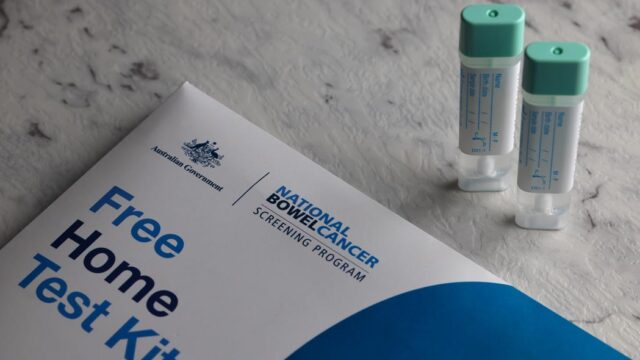Advertisment
Current vaccine approach not enough to eradicate measles

Current vaccination strategies are unlikely to eliminate measles, according to a new study led by faculty at the University of Georgia.
The paper, which published today in The Lancet Global Health, explores the feasibility of eliminating measles and rubella using predominant vaccination strategies in 93 countries with the highest disease burden.
Despite marked reductions in the number of new measles and rubella cases worldwide, gaps remain between current levels of transmission and disease elimination.
“Measles is one of the most contagious respiratory infections out there, and it moves quickly, so it’s hard to control,” said lead author Amy Winter, an assistant professor of epidemiology and biostatistics at UGA’s College of Public Health.
The basic reproduction number (R0) for measles, which represents the number of people that one infected person is likely to transmit that disease to in a fully susceptible population, is roughly 18. By comparison the R0 for the original SARS-CoV-2 virus is estimated to be around three.
In 2017, the World Health Organization director general requested a report on the feasibility of measles and rubella eradication. One component of this report was to use transmission models to evaluate the theoretical feasibility of eradication of the two viruses given different vaccination strategies.
The assessment was a collaboration with the WHO Strategic Advisory Group of Experts Measles and Rubella Working Group, the World Health Organization, the U.S. Centers for Disease Control and Prevention, and five modeling groups.
Using four national disease transmission models and one sub-national model, the modeling groups projected the annual case rates for measles and rubella for two vaccination scenarios.
Both vaccination scenarios use the two predominant vaccination approaches of routine vaccination as part of childhood immunization schedules and nationwide vaccination campaigns.
The first “business as usual” vaccination scenario continues vaccination coverage and campaigns into the future. The second “intensified investment” vaccination scenario optimally improved vaccination coverage over time. This scenario also included vaccination campaign cessation criteria – a stopping point for when campaigns are no longer deemed necessary because a large enough proportion of the population has been inoculated.
The models show that current vaccine strategies could eliminate rubella and congenital rubella syndrome in all 93 counties, but not measles.
“The current strategy that we use, which is focused on improving routine vaccination coverage and supplementing it with nationwide vaccination campaigns until routine vaccination is high enough, that alone is not going to be sufficient to reach measles elimination. We need novel approaches,” said Winter.
The authors evaluated two strategies that could help move a country to elimination faster and reduce the probability of measles outbreaks: One, improve how supplemental vaccine campaigns are delivered to ensure they are reaching children who are not receiving routine vaccinations.
Two, improve vaccine coverage equity by focusing routine and supplemental vaccination on sub-regions with the lowest vaccination coverage first to get them up to par.
“A world that is permanently free of measles and rubella would be an incredible achievement for humanity. Our work suggests that to reach this goal, we need to make vaccine coverage much more equal,” said co-author Mark Jit, professor of vaccine epidemiology at the London School of Hygiene & Tropical Medicine.
“In other words, we need to work even harder to bring measles and rubella vaccination to the most underserved people around the world.”
The final strategy the authors present is a reconsideration of cessation criteria. Currently, most countries stop supplementing routine vaccines with vaccination campaigns once they reach elimination status, said Winter, but the models suggest that outbreaks are still likely to occur if countries rely on routine vaccines alone.
It’s critical, Winter warns, to remain vigilant to surveil for rubella and measles cases and rapidly respond to potential outbreaks even after elimination is achieved.
“We have a globally connected world, so there’s this constant pressure of importations of the viruses in places where it’s already eliminated,” she said. “That’s why keeping vaccination coverage high and continuing to improve surveillance for these diseases is important.”
Journal Reference:
- Amy K Winter, Brian Lambert, Daniel Klein, Petra Klepac, Timos Papadopoulos, Shaun Truelove, Colleen Burgess, Heather Santos, Jennifer K Knapp, Susan E Reef, Lidia K Kayembe, Stephanie Shendale, Katrina Kretsinger, Justin Lessler, Emilia Vynnycky, Kevin McCarthy, Matthew Ferrari, Mark Jit. Feasibility of measles and rubella vaccination programmes for disease elimination: a modelling study. The Lancet Global Health, 2022; 10 (10): e1412 DOI: 10.1016/S2214-109X(22)00335-7









